Nicole Smith-Holt’s son, Alec, died in 2017 from diabetic ketoacidosis, a condition that occurs when the body doesn’t have enough insulin.
Alec had Type 1 diabetes. The 26-year-old had been recently removed from his parents’ health insurance plan and was about $300 short of the $1,300 he needed to pay for his insulin medication, his mother said.
In a bid to wait until his next payday to purchase the medication, he rationed the insulin he had left.
“Unfortunately, his body was found three days prior to payday,” said Smith-Holt, of Richfield, Minnesota.
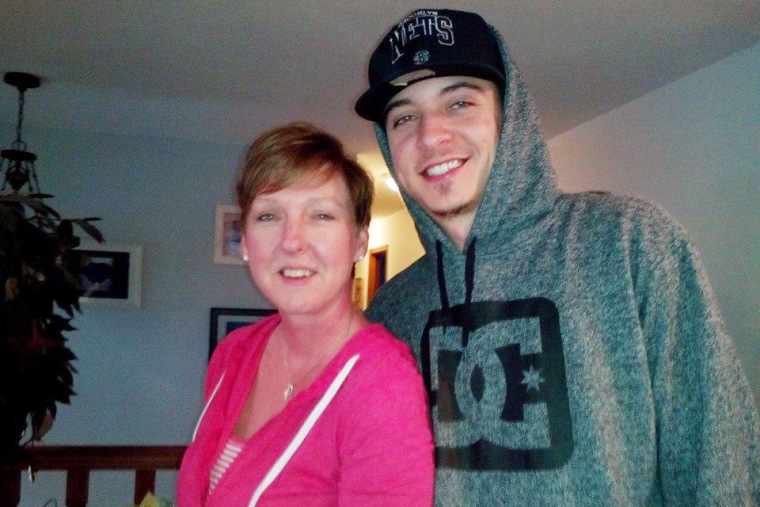
In the five years since Alec’s death, not much has changed: The high cost of insulin remains a significant barrier to care for many Americans.
A study published this month in the journal Health Affairs found that 14% of people who use insulin in the United States face what is described as a “catastrophic” level of spending on the medication, meaning that after paying for other essentials, such as food and housing, they spend at least 40% of their remaining income on insulin.
The study’s estimate, which covered 2017 and 2018, didn’t include other costs related to diabetes care, such as glucose monitors, insulin pumps or other medications.
Though drugmakers often offer programs that can lower the out-of-pocket cost of insulin for both insured and uninsured patients, the financial burden can still be devastating for some.
People without insurance can shell out hundreds of dollars a month or more for the medication, which usually requires multiple vials per month, said Dr. Robert Gabbay, chief scientist for the American Diabetes Association, an advocacy group for patients with diabetes.
To save money, some patients will ration or skip doses of their medication, said Krutika Amin, associate director of the Affordable Care Act program at the nonprofit KFF, also known as the Kaiser Family Foundation. But this approach eventually leads to higher costs, she said, when they are hospitalized or sent to the emergency room.
Why insulin remains unaffordable
But why does insulin — a medication that’s been around for more than 100 years — remain unaffordable for many people in the U.S.?
The high cost can be attributed in part to “evergreening,” a process in which drug companies make incremental improvements to their products that can extend the life of their patents, said Dr. Kevin Riggs, a physician at the University of Alabama at Birmingham Heersink School of Medicine. He co-wrote a study published in the New England Journal of Medicine in 2015 that described the century-long history of the drug.
The improvements may include tinkering with a molecule or changing the delivery system, such as using insulin pens instead of vials.
Extending patents can discourage generic drugs from being developed, Riggs said, allowing drugmakers with exclusive rights to their insulin to charge whatever the market will bear. And as supply chains have become more complicated over the years, costs have ballooned.
“And so that means those prices have gone up crazy,” he said.
And even when the patents do expire — as many have — Riggs said that the large investment it takes to get insulin manufactured and approved by U.S. regulators may make the venture less appealing to generic drugmakers.
Eric Tichy, division chair of pharmacy supply solutions for the Mayo Clinic in Rochester, Minnesota, agreed, saying the barrier to entry to produce insulin is “pretty high.”
“Insulin is a protein molecule, so it’s a lot more complicated than small molecules,” Tichy said. “So, there’s only a couple of companies that make it and if more companies enter the market, then that would sort of drop the prices.”
Eli Lilly, Novo Nordisk and Sanofi dominate the market for insulin in the U.S., but that still hasn’t stopped other groups from trying to produce their own.
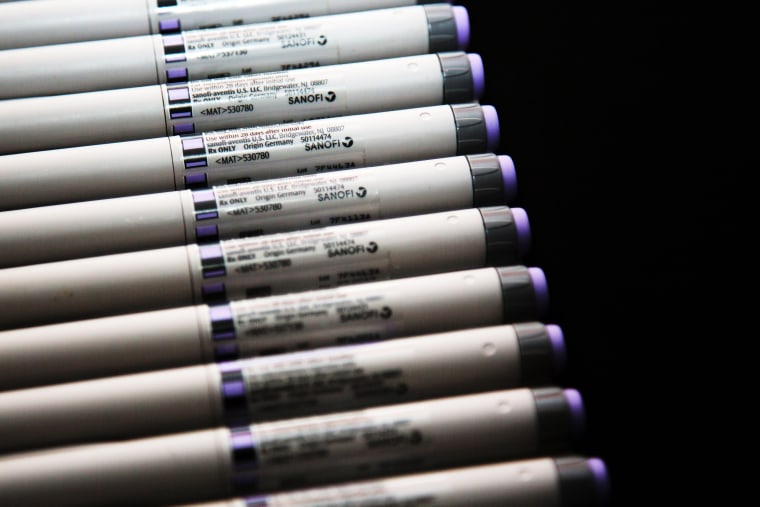
The nonprofit drugmaker Civica Rx announced in March that it planned to make and sell generic versions of insulin to consumers at no more than $30 per vial and no more than $55 for a box of five pen cartridges.
Most recently, California Gov. Gavin Newsom announced this month that he had approved a budget that would allocate $100 million to allow the state to begin making its own low-cost insulin.
Details of the state’s plan to make insulin are still sparse, but Tichy compared it to tech entrepreneur Mark Cuban’s Cost Plus Drug Company, which offers certain generic drugs at discounted prices, by selling medications at a fixed markup of 15% plus a $3 flat fee. The pharmacy offers medications for diabetes but does not sell insulin.
Meanwhile, state and federal lawmakers are pushing for legislation that would lower the out-of-pocket cost for patients on insulin.
There are at least 22 states that have passed laws that cap co-payments for insulin at $100 or less for a 30-day supply, according to the American Diabetes Association.
In March, the House passed legislation that would cap the monthly out-of-pocket cost of insulin at $35 for those with private health insurance, though the legislation has since been criticized by advocacy groups because the policy would not lower the list price of insulin.
While those policies are great, they don’t really help people who are uninsured, Smith-Holt said.
She is pushing for more states to adopt the Alec Smith Insulin Affordability Act, which provides an emergency 30-day supply of insulin to patients for $35. The bill has already been signed into law in Minnesota, where Smith-Holt lives.
She also mentioned another proposal in the Senate that has not gone up for a vote yet that would seek to push drug companies to lower the list price of their medications, thus lowering the out-of-pocket for people who are uninsured.
No one should be “forced to make the decision between life or death,” she said.
Follow NBC HEALTH on Twitter & Facebook.

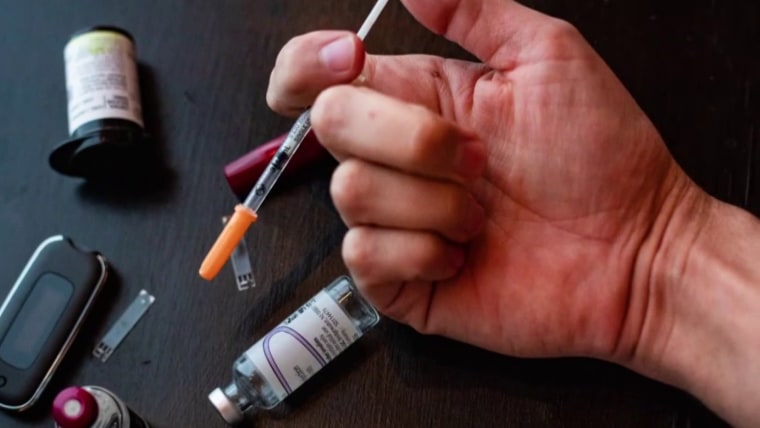
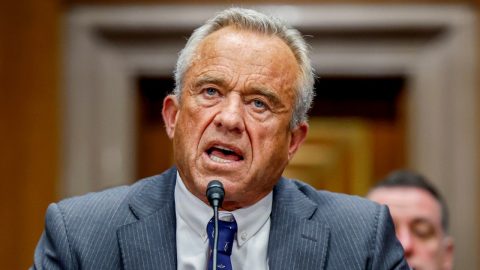
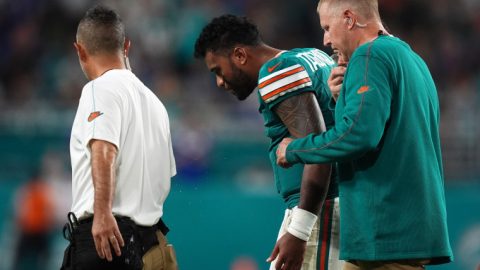

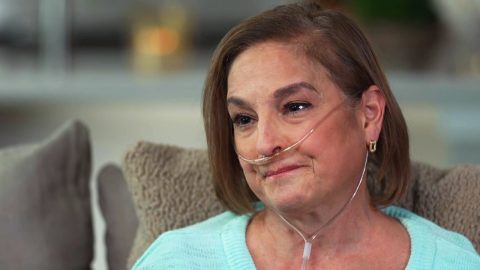

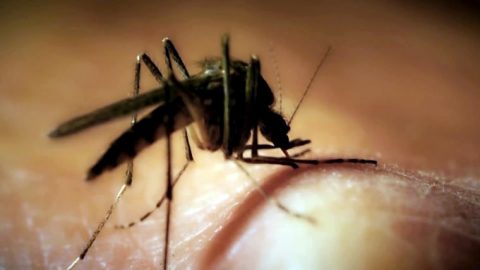
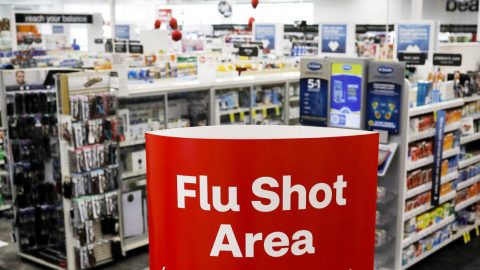
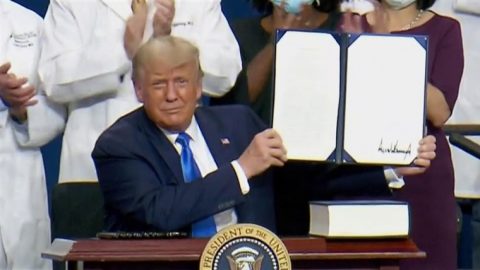
Recent Comments